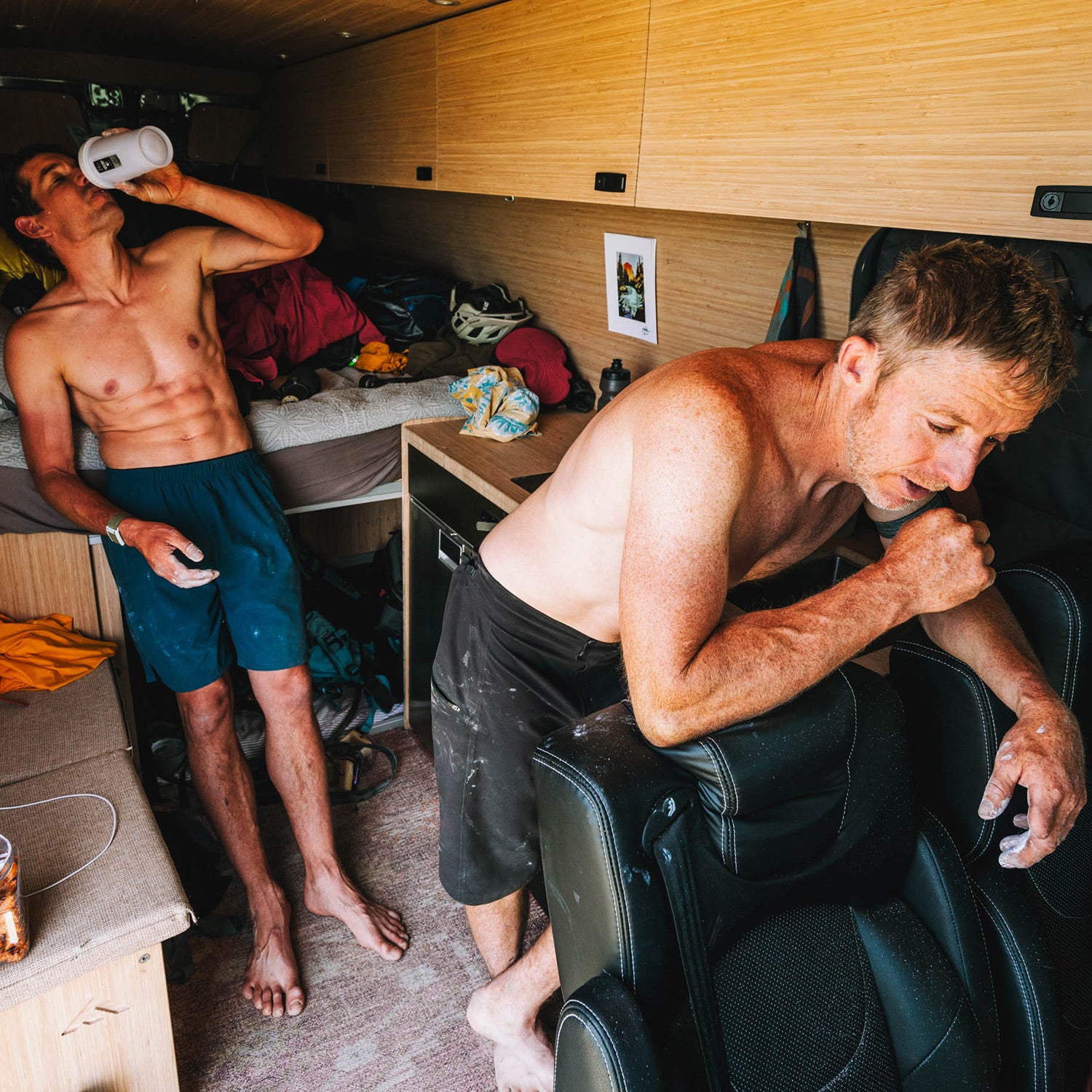In the summer of 2023, climbers Tommy Caldwell and Alex Honnold tackled an adventure of monumental size: they biked, hiked, and sailed 2,600 miles from Colorado to Alaska, and then ascended a massive granite monolith deep in Tongass National Forest called the Devil’s Thumb. The duo made history: they became the first climbers to ascend the 9,000-foot formation’s five jagged peaks—a challenge known as the Diablo Traverse—in a single day.
The adventure is the focal point of National Geographic’s latest feature-length documentary, titled The Devil’s Climb, which debuted in October. Caldwell, who conceived of the adventure, spoke with ���ϳԹ��� about some of the most pivotal moments that were left out of the film.
“We spent four days doing like a quarter mile an hour bushwhacking through the Alaskan wilderness,” Caldwell said. “It was the hardest part of the whole trip, all the way from Colorado, but none of it’s in the film.”
Most climbers attempting to scale the Devil’s Thumb get there via helicopter. But for the film, Caldwell and Honnold spent 38 days biking 2,320 miles from his home in Estes Park, Colorado, to the tiny town of Prince Rupert, British Columbia, where the roadway ends. Then, the duo sailed for ten days up the Alaskan Panhandle, before trekking 20 more miles to reach the peak.
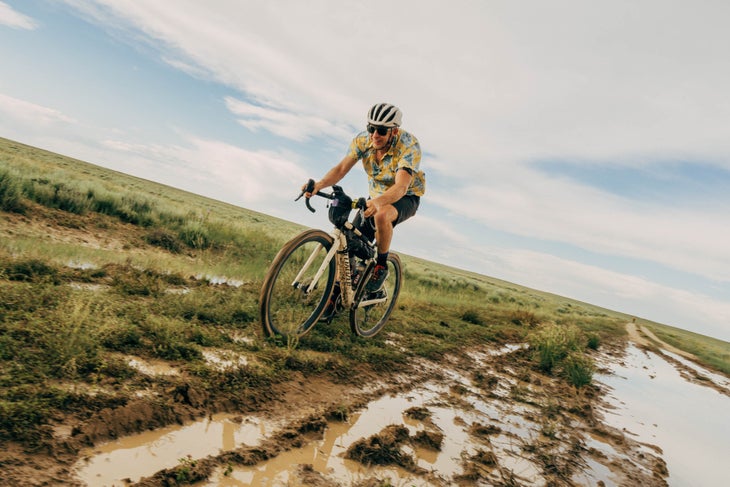
The hike to the peak should have been relatively straightforward, following a historical route up a glacier. But the glacier had melted into a lake of slush and icebergs when the duo reached it. So instead, Caldwell, Honnold, and the eight-person National Geographic film crew had to chart a new route in the adjacent valley—an old-growth temperate rainforest.
Caldwell recalls being “soaked to the bone” by the dense, wet understory, fighting his way through ten-foot tall Devil’s Club, a shrub covered top-to-bottom in noxious thorns, for “hours and hours.” One of the crew developed trench foot. Another almost fell to their death while the group was hiking after dark along a steep, forested hillside above Class V rapids.
“They lost their footing and just disappeared through the forest below us,” Caldwell said. “We thought they fell into the rapids. Luckily, they stuck it right at the lip of the cliff.”
Caldwell and Honnold’s longest, most sustained effort of the entire journey occurred during that trek. They put in 15-20 hour hiking days because it was impossible to move quickly through the vegetation. “The bush is so thick,” Caldwell says, “there were periods were we didn’t even touch the ground, where were just kind of like hovering.”
He hit rock bottom, mentally, during the trek, and credits the filming crew with renewing his focus. “We’re bushwhacking in the rainforest, completely wet, kind of lost, just miserable, and suddenly one of the guys who loves to sing starts beatboxing,” Caldwell said. “The whole crew joins in and starts rapping, making up this song.”
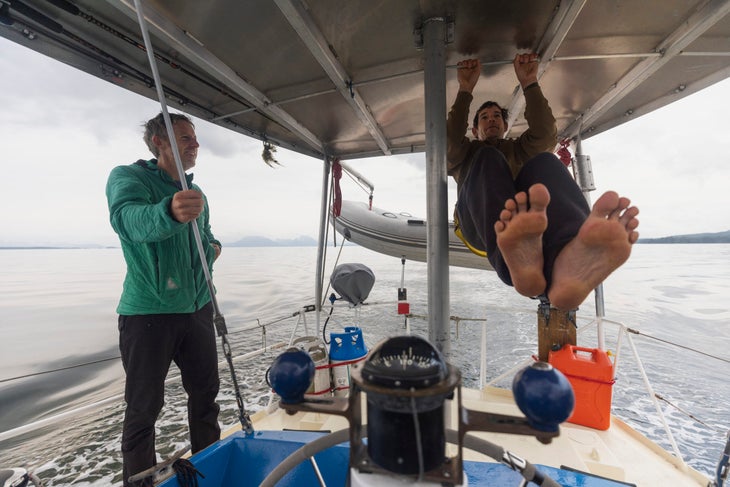
The spontaneous injection of levity was exactly what Caldwell needed. “The film was very focused on Alex and I,” he said, “but there were so many other people who were a big part of it for me.”
One of those people is Patagonia founder Yvon Chouinard. Caldwell and Honnold spent a couple days at Chounaird’s house during the early portion of their expedition, while biking through Jackson, Wyoming. Caldwell originally dreamed up of the Devil’s Thumb climb as a way to shine a spotlight on the Tongass National Forest. Specifically the need to protect it from logging and other development—a cause also championed by Chouinard, who Caldwell said is “essentially my boss” these days.
Besides being a professional climber, Caldwell also works for Patagonia as a Global Sports Activist. “A big part of my job is trying to figure out places that have a conservation need and a climbing component,” he said.
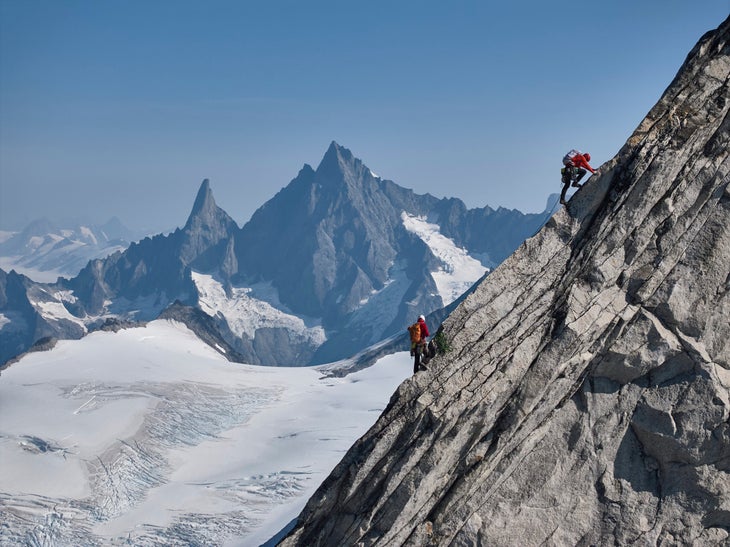
Chouinard was part of the reason Caldwell decided to expand the Diablo Traverse into an epic adventure, to do it human-powered, and to do with his best friend Honnold. Caldwell had recently read A Wild Idea, a biography by author Jonathan Franklin about the late businessman and conservationist Doug Tompkins, and was inspired by the conservation work (and expeditions) Tompkins and Chouinard had done together in Patagonia.
Caldwell calls his and Honnold’s time with Chouinard the “most endearing” part of their journey. Biking to Chouinard’s home, Caldwell quickly realized how many of the original houses in Jackson had been scraped to build mansions. Not Chouinard’s. It is the same as it was 50 years ago when it was purchased. Pedaling up the driveway, Caldwell noticed a beater Subaru, “the shittiest car I’ve ever seen in my life,” with a bumper sticker proclaiming “Every billionaire is a policy failure.”
Chouinard stepped out of the modest home to greet Caldwell and Honnold. “He’s wearing this stained white t-shirt and these jeans that he probably got when he’s a teenager that he’s cobbled back together with hand-stitched patches,” Caldwell said. “And we were like, Oh my god, he really lives it.”
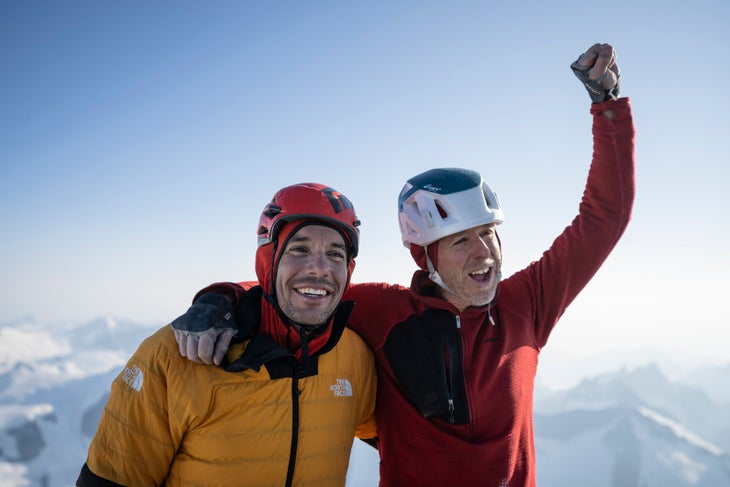
Caldwell had hoped that the conservation angle would have been a larger part of the documentary film. Particularly the time he and Honnold spent with an Indigenous leader and activist named Marina Anderson on Prince of Wales Island, while they were sailing in the Tongass National Forest archipelago. Caldwell first met Anderson at a climate conference in Miami, and was excited to learn about her home region’s ecology and biodiversity.
While the cameras were rolling, Anderson taught the climbers about the importance of temperate rainforests (Tongass National Forest is the world’s largest at nearly 17 million acres) and took them salmon fishing. Those scenes were ultimately cut. “It was a little bit of a hard pill to swallow, honestly,” Caldwell said. “We were ultimately making this story to save the forest.”
Want more of ���ϳԹ���’s in-depth coverage of adventure stories like this one? .


